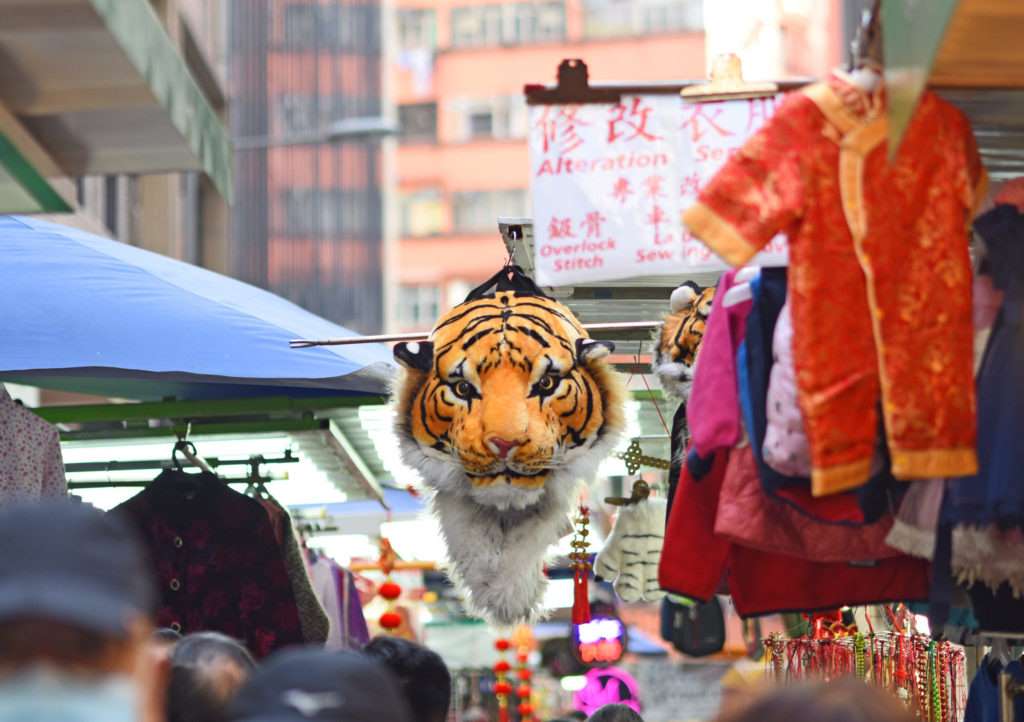"The escalating US-China trade war is driving many China-based manufacturers and their US clients out of China to other low-cost countries like Vietnam, Cambodia, etc, leather brand Steve Madden is shifting handbag production to Cambodia, Techtronic Industries is moving out to Vietnam while Flex is planning to shift production centres from Mexico to Malaysia. The US has so far levied 25 per cent tariff on $50 billion Chinese industrial goods and is planning to levy tariffs on another $200 billion Chinese exports. It has excluded most consumer goods from the tariff lists, yet many manufacturing and retail executives fear the range of affected products could widen with both Beijing and Washington refusing to concede."
 The escalating US-China trade war is driving many China-based manufacturers and their US clients out of China to other low-cost countries like Vietnam, Cambodia, etc, leather brand Steve Madden is shifting handbag production to Cambodia, Techtronic Industries is moving out to Vietnam while Flex is planning to shift production centres from Mexico to Malaysia.
The escalating US-China trade war is driving many China-based manufacturers and their US clients out of China to other low-cost countries like Vietnam, Cambodia, etc, leather brand Steve Madden is shifting handbag production to Cambodia, Techtronic Industries is moving out to Vietnam while Flex is planning to shift production centres from Mexico to Malaysia.
The US has so far levied 25 per cent tariff on $50 billion Chinese industrial goods and is planning to levy tariffs on another $200 billion Chinese exports. It has excluded most consumer goods from the tariff lists, yet many manufacturing and retail executives fear the range of affected products could widen with both Beijing and Washington refusing to concede.
Emergence of new lucrative markets
The manufacturing industry needs to come up with strategies to diversify this risk. Factory owners in China are already shifting production to other developing countries such as Bangladesh, Cambodia and Vietnam over the past decade in search of cheaper wages and a hedge against the political and economic risk that comes from reliance on one country. The trade war will further intensify this shift.
developing countries such as Bangladesh, Cambodia and Vietnam over the past decade in search of cheaper wages and a hedge against the political and economic risk that comes from reliance on one country. The trade war will further intensify this shift.
Vietnam has been at the centre of many companies’ ‘China plus’ manufacturing strategies in recent years, attracting investments from the companies like Samsung, the South Korean electronics group, Daikin, the Japanese air conditioning group, and Techtronic. Many US and European apparel fashion brands have shifted their production to Vietnam with a just few spare facilities left in China.
China retains its dominant position
Though tariffs and the uncertain future of US-China relations have unnerved many manufacturers, China is still likely to retain its dominant position. According to WTO, the country still accounted for 35 per cent of global clothing exports last year, compared with just 6.5 per cent from Bangladesh, 5.9 per cent from Vietnam and 1.6 per cent from Cambodia. It is in a similar position for office and telecoms equipment.
Retailers to bear the brunt
Although the onus of paying tariffs will officially fall on the US importers of the affected products, the entire supply chain from consumers to the Chinese factories are likely to be affected. According to Panjiva, a research unit of the credit rating agency S&P, of the 200 US companies that are depending on these tariffs for their main earnings, only 47 per cent plan to raise prices for consumers.
Also the percentage by which these prices are likely to rise is comparatively lesser as tariffs are charged on wholesale import prices, before retail mark-ups. As Edward Rosenfield, CEO, Steven Madden notes retail prices would need to rise by only 3.5 per cent to offset a 10 per cent tariff. But retailers are unlikely to pass on this cost to consumers; affecting their own profit margins in the bargain.












